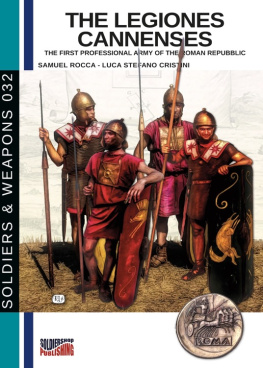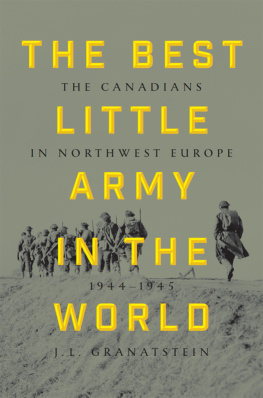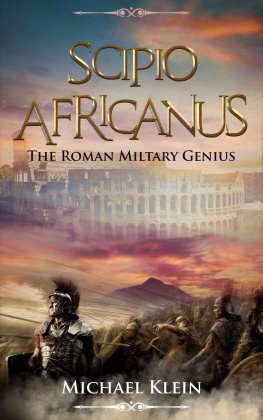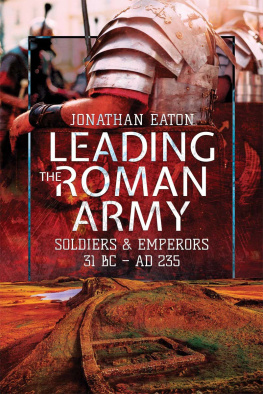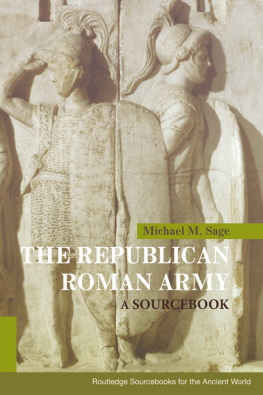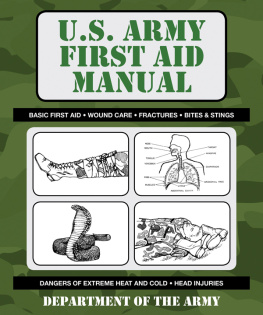Index
Introduction
2 The Split of the Legionaries from Civic Life - The Roman Citizen Soldier becomes a Professional Soldier
3 Peculiar Commitment and Loyalty to the Warlords
4 The Evolution and Changing of the Tactical Composition of the Legions
5 The History of the Legiones Cannenses
- The Legions Levied in 218 BCE
B.The Legions Levied in 217 BCE
C.216 BCE: The Legions at Cannae
D. 216-215 BCE: The Creation of the Legiones Cannenses
E. Warfare in Sicily (215-210 BCE)
F. Under the Orders of Scipio Africanus 205-202 BCE)
G. The Way to Cynoscephalae (200-197 BCE)
6 Conclusions
7 Bibliography

Appendix I
Total of the legions levied in the Second Punic War in A.J. Toynbee, Hannibals Legacy, The Hannibal Wars effects on Roman Life, Rome and her Neighbours after Hannibals exit, London 1965, p. 647.

Appendix II
The Roman Army from the Beginning of the Second Punic War to the end of 216
Year | De Sanctis | Connolly |
| 6 legions: 1, 2, 3, 4 (Gallia), 5, 6 (Spain) | 6 legions: 1 (levied in the preceding year), 2 - levied by Scipio to Gallia), 3, 4 (Longus Gallia), 5, 6 (Publius Scipius /Cneus Scipio-Spain). |
217 before Trasimenus | 11 legions: 1, 2 (Gallia), 3, 4 (Etruria), 5, 6 (Spain), 7, 8 (Sicily), 9 (Sardinia), 10, 11 (Rome) | 13 legions: 1, 2, 12, 13 (Geminus), 5, 6 (Spain Scipiones), 3, 4, 10, 11 (Flaminius), 7, 8 (Sicily), 9 (Sardinia). |
217 after Trasimenus | 13 legions: 1, 2, 12, 13 (Lucania and Bruttium), 5, 6 (Spain), 7, 8 (Sicily), 9 (Sardinia), 10, 11 (Rome). 3+, 4+ (Etruria destroyed at Trasimene). | 13 legions: 1, 2, 12, 13, 14, 15, 16, 17 (Campania/ Apulia - Fabius Maximus and Minucius Rufus), 5, 6 (Spain Scipiones), 7, 8 (Sicily), 9 (Sardinia). |
216 before Cannae | 17 legions: 5, 6 (Spain), 7, 8 (Sicily), 9 (Sardinia), 10+, 11+ (Gallia - destroyed by Celts), 14, 15 (Roma), 1+, 2+, 12+, 13+, (Apulia - destroyed at Cannae) | 16/7 legions: 1, 2, 12, 13, 14, 15, 16, 17 (Aemilius Paulus and Terentio Varro - legions at Cannae), 18, 19 (Gallia under Postumus destroyed by Celts), 20, 21 (Roma urbanae), 5, 6 (Spain Scipiones), 7, 8 (Sicily), 9 (Sardinia). |
216 after Cannae | 13 legions: 16, 17 (Roma), 14, 15, C, C, V, V (Campania), 5, 6 (Spain), 7, 8 (Sicily), 9 (Sardinia) | 15 legions: 5, 6 (Spain Scipiones), 7, 8 (Sicily), 9 (Sardinia), 22, 23 (Roma - urbanae), 20, 21, V, V, C, C, N (Campania). |
C = Legio Cannensis, V = Volones, N = Legio Nautica
The Cannae Legions in Sicily and Africa according to De Sanctis, in A.J. Toynbee, Hannibals Legacy, The Hannibal Wars effects on Roman Life, Rome and her Neighbours after Hannibals exit, London 1965, pp. 648-649).
Sicily
215 CC
214 CC
213 CC+16th and 17th
212 CC+16th and 17th
211 CC+16th and 17th
210 CC+16th and 17th
209 CC
208 CC
207 CC
206 CC
205 CC
204 CC/ 39th and 40th
Africa
204 CC
203 CC
202 CC
201 CC
Bibliography
Badian, E., The family and early career of T. Quinctius Flamininus, Journal of Roman Studies 61, 1971, pp. 102-111.
Billows, R.A., Antigonus the One-Eyed and the Creation of the Hellenistic State, Hellenistic Culture and Society, Berkeley 1997.
Briscoe, J., Flamininus and Roman Politics, 200-189 B. C., Latomus 31, 1972, pp. 22-53.
Brizzi, G., Annibale, comeun autobiografia, Le vite , Milano 1994.
Brizzi, G., Scipione ed Annibale. La guerra per salvare Roma , Bari 2007.
Brunt, P.A., Italian Manpower , Oxford 1971.
Canestrelli, G. , Asta, L., Liguori, S., Larme de Hannibal, hypothse de reconstruction, Forum Hannibal pour la paix et linvestissement, Tunisie, Mars 2018, Europantiqua-Res Bellica .
Cassola, F., I gruppi politici romani nel III secolo a. C ., Roma 1962 .
Cassola, F., La politica di Flaminino e gli Scipioni, Labeo , 1960, pp. 105-130.
Caven, B., The Punic Wars, London 1980.
Connolly, P., The Roman Arm y, London 1976.
Connolly, P., The Greek Armies , London 1977.
Connolly, P., Hannibal and the Enemies of Rome , London 1978.
Connolly, P., Greece and Rome at War, London 1981.
Gabba, E., Republican Rome, The Army and the Allies, Berkeley 1976.
Goldsworthy, A., The Fall of Carthage, The Punic Wars 265-146 BC, London 2003.
Gruen, E., The Hellenistic World and the Coming of Rome II, Berkeley 1984.
Head, D., Armies of the Macedonian and Punic Wars, 359 BC to 146 BC, Goring-by-Sea 1982.
Lazenby, A. F., Hannibals War, A Military History of the Second Punic War, Warminster 1978.
Nicolet, C., Le mtier de citoyen dans la Rome rpublicaine , Paris 1976.
Salmon, E.T., Roman Colonization under the Republic, Aspects of Greek and Roman Life, London 1969.
Scullard, H.H., Scipio Africanus, Soldier and Politician, London 1970.
Sekunda, N., The Ptolemaic Army , Stockport 1994.
Sekunda, N., The Seleucid Army , Stockport 1994.
Toynbee, A.J., Hannibals Legacy, The Hannibal Wars effects on Roman Life, Rome and her Neighbours after Hannibals exit, London 1965.
Will, E., Histoire politique du monde hellnistique, 323-30 av.J.-C., Paris 2003.
Note
[]
See C. Nicolet, Le mtier de citoyen dans la Rome rpublicaine , Paris 1976 , pp. 133-140. See also P. Connolly, Greece and Rome at War, London 1981, p. 129.
[]
Some modern historians, such as Maurice Holleaux, accepts Livys concept of fides, as standing behind the foreign policy of the Roman Republic, and therefore that the Romans always reacted, not acted, that their foreign policy developed under their enemies coercion and constraint, and that, whenever possible, the Romans always tried to go back on their conquests. This thesis had been lately proposed once more by Gruen. On the other hand, other historians, such as Robert Harris, argue that the Roman Republic aimed from the beginning at conquest and developed an articulated imperialist policy of war and intervention. See E.S. Gruen, Polybius and Josephus on Rome, in J. Pastor, P. Stern, M. Mor (eds.), Flavius Josephus, Interpretation and History, Supplements to the Journal for the Study of Judaism 146, Leiden 2011, pp. 149-162. See also W.
Harris, War and Imperialism in Republican Rome: 327-70 B.C.
Next page
